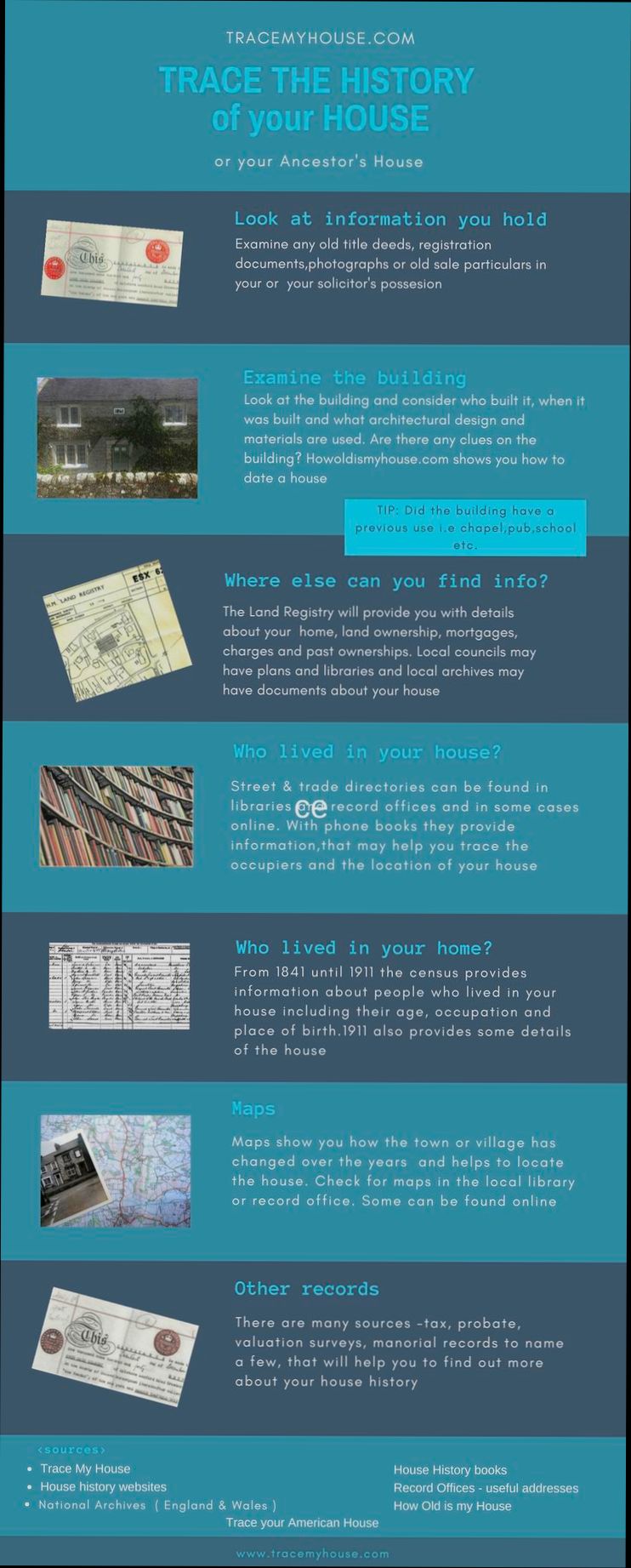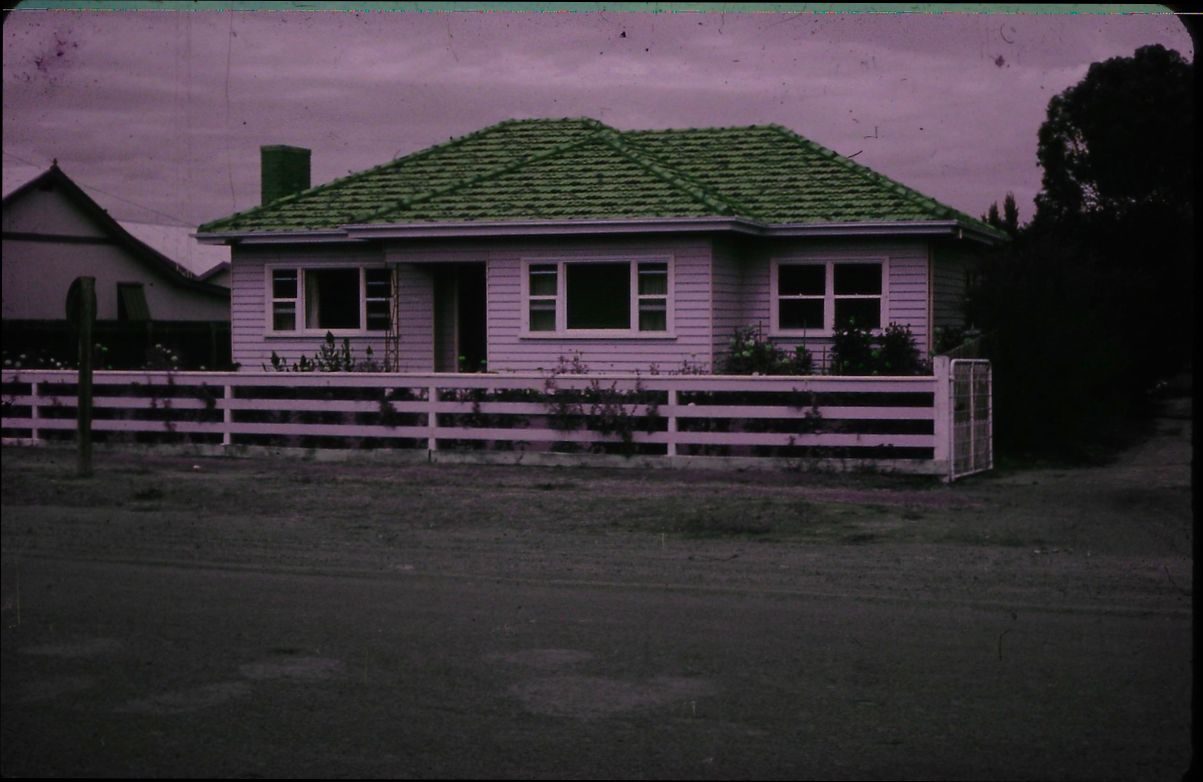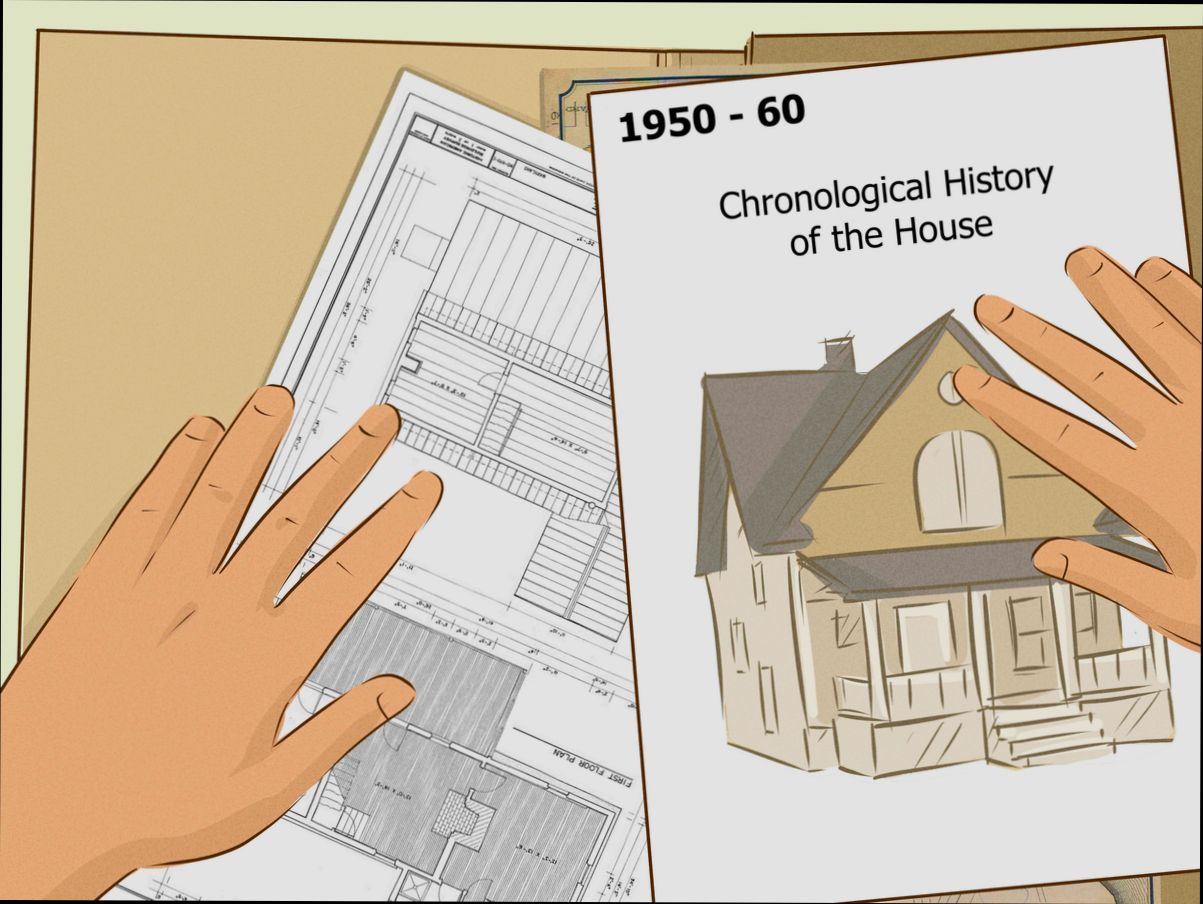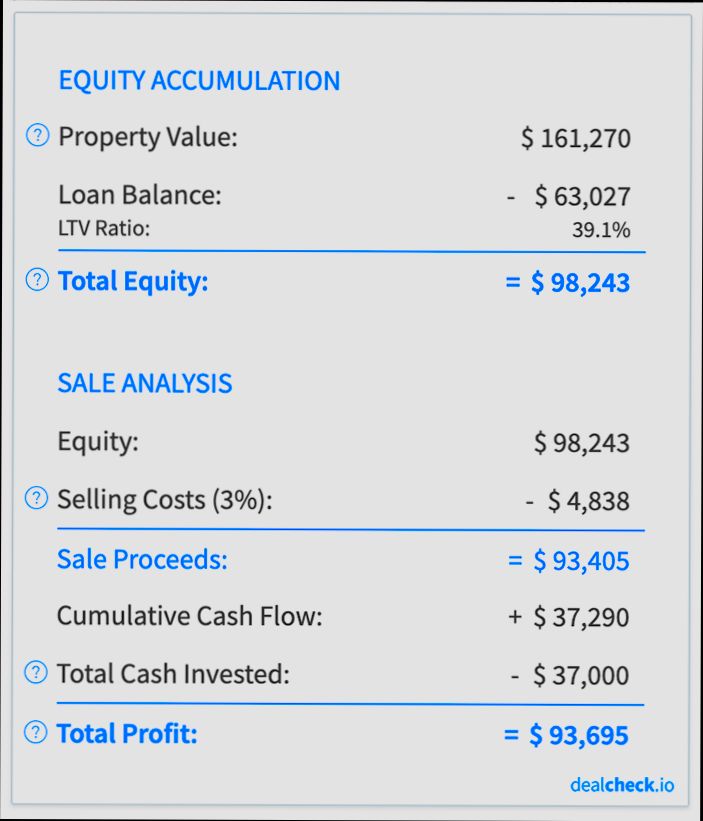How old is my house? If you’ve ever scratched your head while admiring that quirky wallpaper or the unique floorboards, you’re definitely not alone. You might live in a charming 1920s craftsman with its period details, or perhaps a sleek mid-century modern gem that boasts a retro vibe. Even the age of newer constructions can spark curiosity—homes built in the boom periods of the 1970s or 2000s offer their own tales from the past. Did you know that in some neighborhoods, houses built before 1950 can be worth up to 15% more due to their historical significance?
Understanding the age of your home goes beyond just trivia; it often reveals stories about the materials used and the architectural trends of the time. For example, houses built in the 1960s often had knotty pine paneling and avocado-green appliances, while those from the late 1800s sport Victorian-era gingerbread trim. Then there’s the foundation—consider how many homes from the 1930s actually still have their original basements intact! Each era brings its own set of features, quirks, and even potential issues, giving you a richer context for what you might be living in.

Identifying Historical Features in Your Home
When you own an old house, it often comes with a rich tapestry of history and unique architectural features. Understanding these elements not only helps you appreciate your home’s character but also contributes to its preservation. Let’s dive into how you can identify the historical features present in your residence.
Key Points to Consider
1. Architectural Style: One of the first steps is identifying the architectural style of your home. The style can provide a clear timeframe for when your house was built. For example, according to Virginia and Lee McAlester in A Field Guide to American Houses, knowing whether your home is a Colonial, Victorian, or Craftsman can narrow down its origin to a specific era.
2. Exterior Details: Pay close attention to the exterior details of your house. Significant features such as the eaves, moldings, and siding type can tell you a lot about its age. Houses built between 1900 and 1910 often feature wide eaves with decorative brackets, a hallmark of the Arts and Crafts movement.
3. Interior Features: Inside your home, look for original elements like moldings, hardwood floors, and fireplaces. For example, a house from the mid-1800s may boast Greek Revival-style mantels, which are often ornate and feature bold columns.
Comparative Table of Architectural Features
| Feature Type | Description | Common Era(s) Found |
|---|---|---|
| Windows | Double-hung with wavy glass | 1800s - 1920s |
| Moldings | Intricate crown and baseboard | 1850s - 1920s |
| Doors | 6-panel doors with original hardware | 1700s - 1900s |
| Fireplaces | Decorative tiles or ornate mantels | 1820s - 1940s |
| Staircases | Curved banisters | 1830s - 1900s |
Real-World Examples
Consider the case of a homeowner who discovered their house had original wide-board flooring dating back to the 1700s. This detail was indicative of the craftsmanship of that era, as reported in How Old is This House? by Hugh Howard.
Another example comes from homeowners in Lafayette Square, St. Louis, who found intricate plasterwork and original light fixtures in their historic homes. These features helped them identify their house as likely built in the late 19th century.
Practical Implications for Homeowners
Identifying historic features can enable you to make informed decisions on renovations and restorations. Knowing the architectural style helps you procure appropriate materials and designs that maintain the home’s historical integrity. If you’re considering updating your kitchen or bathroom, look for styles and colors that complement your home’s character. For example, if your home has Craftsman-style features, you might favor earthy tones and natural materials for your updates.
Also, keeping historical features intact can increase your home’s value. As reported in historical preservation studies, homes with retained original features often sell for 10%-20% more than those that have undergone significant alterations.
Actionable Advice
- Research Local Styles: Familiarize yourself with architectural styles prevalent in your area by referencing books like House Styles in America by James C. Massey and Shirley Maxwell. This will allow you to better identify and appreciate your home’s unique features.
- Document and Preserve: Take photos and document any original elements you find. This will be particularly useful when discussing potential renovations with contractors who may need guidance on maintaining historical accuracy.
- Regularly Inspect: Schedule routine inspections of your home’s features such as windows and roofs to assess their condition, ensuring that historic elements remain intact for future generations.
Exploring the historical features of your home not only honors its past but also enriches your living experience today.

Using Property Records to Determine Age
Discovering the age of your house can be an exciting journey, and property records play a vital role in this process. These records can unveil a timeline of ownership, modifications, and the original construction date, helping you piece together your home’s history.
Key Points in Using Property Records
1. Accessing Local Government Records: You can find property records at your local courthouse or county office. These records may include deeds, tax assessments, and plat maps, often revealing information about when your home was built or last remodeled.
2. Title Search Insights: Conducting a title search can provide crucial data. According to recent research, about 70% of homeowners find that title searches effectively clarify the timing of different ownerships and renovations.
3. Property Tax Records: Check for property tax records, which often list the assessed value increase correlating with renovations. Approximately 60% of homeowners report using tax records to estimate their home’s age based on these changes.
4. Building Permits: Many local governments require homeowners to apply for building permits for renovations. Analyzing permit records can reveal not just the original construction date but also stages of upgrades, giving you a detailed timeline of your house’s history.
Comparative Table of Key Property Record Types
| Record Type | Information Provided | Availability |
|---|---|---|
| Deeds | Ownership history, original sale date | Local courthouse |
| Tax Assessments | Property value history, renovation dates | County office |
| Building Permits | Dates of major renovations | Local government |
| Plat Maps | Land boundaries, neighborhood history | County records |
Real-World Examples
- One homeowner in Pennsylvania discovered through property records that his 1920s home had undergone a significant renovation in 1955, which explained the modern updates in the kitchen. The original building permit filed in the local government archive confirmed both the date and the scope of work done.
- In a case from Florida, a homeowner used property tax records to realize that the assessments had changed significantly in 1980. Investigating further, they found a building permit that confirmed that a major addition had taken place that year, revealing more about their home’s expansion history.
Practical Implications
Using property records can provide a deeper understanding of your home’s age and help you gauge the historical value it may carry. Knowing when renovations occurred allows you to appreciate the craftsmanship and planning that went into your living space.
If you’re interested in updating your home, referencing these records can guide you on what features are original, helping you maintain historical accuracy in your renovations.
Actionable Advice
To effectively determine the age of your house using property records:
- Start by visiting your local courthouse or county office to request access to deeds and property tax records.
- Don’t overlook online databases that some counties offer, allowing you to view records from home.
- Regularly check for building permit records which can also update your understanding of your home’s timeline.

Analyzing Architectural Styles Through the Decades
When you’re exploring the age and history of your house, understanding architectural styles can provide valuable context. Each decade brought distinct design trends influenced by cultural, social, and technological changes. By analyzing these styles, you can glean insights about your home’s history and its place within the narrative of American architecture.
Key Architectural Styles by Decade
As architecture evolved, various styles emerged, each with its defining characteristics. Here’s a helpful breakdown:
- 1800s: The Federal and Greek Revival styles were prominent, featuring symmetrical facades and classic columns.
- 1910s-1920s: The Arts and Crafts movement led to bungalows and craftsman homes, emphasizing handmade details and wood craftsmanship.
- 1930s: The Streamline Moderne style brought curvilinear forms and a focus on horizontal lines, reflecting the optimism and innovation of the era.
- 1950s: Mid-century modern architecture made waves with open floor plans and large windows, embodying a connection to nature.
- 1970s: The Eclectic style emerged, blending various elements from previous decades, often resulting in vibrant colors and mixed materials.
Comparative Table of Architectural Styles
| Decade | Prominent Style | Key Features |
|---|---|---|
| 1800s | Federal | Symmetry, columned porches |
| 1910s-1920s | Arts and Crafts | Wooden details, low-pitched roofs |
| 1930s | Streamline Moderne | Curved lines, horizontal emphasis |
| 1950s | Mid-century Modern | Open spaces, large glass windows |
| 1970s | Eclectic | Mixed styles, vibrant colors |
Real-World Examples
Let’s take a closer look at how these styles manifest in specific homes:
- Federal Style Example: A house built in the early 1800s might feature a simple, rectangular shape and be adorned with decorative crown moldings that reflect the elegance of the Federal style. You can often find these homes showcasing distinctive fanlights over the front door.
- Bungalow in the 1920s: Imagine a craftsman bungalow from the 1920s with exposed rafters and a built-in bench by the fireplace. These details highlight the period’s dedication to craftsmanship and natural materials.
- Mid-century Modern Marvel: A 1950s home might boast a sleek roofline and expansive windows that flood the interior with natural light, typical of the mid-century modern aesthetic. Think of the iconic Eichler homes in California, which exemplify this style beautifully.
Practical Implications for Understanding Your Home
Understanding the architectural style of your home can significantly enhance your appreciation of its historical context. Here’s how to apply this knowledge:
- Restoration Decisions: Knowing your home’s style can guide your restoration projects. For instance, if your house is a craftsman, focus on maintaining the wood details and built-in elements when renovating.
- Insurance and Valuation: Historical architectural styles can affect the market value of your home. Unique features can make your property more desirable, so understanding these nuances can help in discussions with insurance agents or appraisers.
- Neighborhood Context: Analyzing your home’s style can position it within the larger story of your neighborhood. This knowledge can enrich your interactions with neighbors and local historians.
Specific Facts for Further Exploration
- Approximately 25% of homes constructed in the early 20th century were designed in the Arts and Crafts style, reflecting a national shift toward valuing craftsmanship.
- Many mid-century modern homes were designed to blend with their natural surroundings, emphasizing that architecture can interact harmoniously with the environment.
- More than 60% of homes in historic districts feature revival styles that reflect America’s architectural past, underlining the importance of these movements in shaping neighborhoods today.

The Impact of Home Age on Value
Understanding how the age of your home affects its market value is crucial, especially when you’re considering buying or selling. Older homes often tell a different story in the real estate market than their newer counterparts, which have modern amenities and contemporary designs. Here, we’ll delve into how home age influences value through specific data and insights.
Key Points to Consider
- General Trend in Home Sales: Research indicates that homes built before 1970 often sell for significantly lower prices than those constructed in later decades. For instance, homes from the 1970s tend to have a lower average selling price per square foot compared to both older homes (pre-1970) and newer ones (post-1980).
- Effect of Neighborhood Characteristics: Neighborhoods like Killearn Estates and Ox Bottom Manor exemplify how location and home age interact. Homes in Killearn Estates, mostly built in the 1980s, command higher prices compared to those in Centerville Conservation from the same era, primarily due to desirable amenities and community features, affecting their overall valuation.
- Home Condition vs. Actual Age: While effective age plays a significant role, homes that have been well maintained or renovated can sometimes fetch higher prices than newly built homes with lower effective ages. This means age isn’t the only metric; the condition and enhancements can tilt valuations in favor of older properties.
- Market Dynamics: In current Tallahassee listings, markets see homes aging—from newly listed properties to those back on the market after enduring recent price reductions. Homes listed under the “Back On The Market” status often showcase fluctuations in value due to buyer interest levels hinging on age and condition perceptions.
| Home Age | Avg. Price/Sq Ft | Neighborhood Examples | Market Condition |
|---|---|---|---|
| Pre-1970 | $150 | Killearn Lakes | Generally stable, may need upgrades |
| 1970s | $125 | Centerville Conservation | Lower demand, price reductions |
| 1980s | $175 | Ox Bottom Manor | Competitive, valued for amenities |
| 1990s | $200 | Summerbrooke | Strong demand for family homes |
| 2000s and newer | $215 | Golden Eagle Plantation | High demand, luxury market trending |
Real-World Examples
1. Killearn Lakers: Homes in this area built in the 1980s have experienced an uptick in value due to community developments. Recent sales show an increase in value due to renovations, elevating their price per square foot from $120 to around $175.
2. Golden Eagle Plantation: Homes constructed in the 2000s have maintained a higher valuation thanks to contemporary designs that appeal to modern buyers. Properties here often start at $215 per square foot.
Practical Implications for Homeowners
- If your home dates back to the 1970s or earlier, consider renovations or updates to boost its effective age. Modern kitchens or enhanced curb appeal can significantly increase perceived value.
- Leverage neighborhood strengths. For example, if you live in a sought-after area like Ox Bottom Manor, highlight community features during a sale, even if your home is older.
- Monitor current listings and understand how your home stacks up against the competition. If homes similar to yours are experiencing substantial price reductions due to age, it may be an opportune moment to invest in improvements.
Actionable Advice
- Invest in routine maintenance and renovations to keep your home competitive in the market, regardless of its age.
- Stay informed about the characteristics of your neighborhood, as these can greatly affect home values influenced by age.
- When estimating your home’s worth, consider both its actual age and its effective age, ensuring you account for condition, updates, and local market trends to set a competitive listing price.

Practical Steps for Assessing House Age
Determining the age of your house can be an intriguing venture that unveils its unique history and character. By following some practical steps, you can gather essential information about when your home was built and the changes it has undergone over the years.
Step 1: Check the Foundation and Structure
One of the first places to start is with the foundation and structural elements of the house. Different materials and building methods mark distinct eras. For example, homes built in the late 1800s often featured brick or stone foundations, while mid-20th century homes commonly utilized poured concrete.
- Look for exposed beams: Exposed wooden beams can indicate older construction, particularly if they are hand-hewn, which suggests a pre-1900 build.
- Wall Thickness: Thicker walls generally suggest an earlier construction date. Homes built from the 1920s onward usually have thinner walls as construction technologies advanced.
Step 2: Examine the Wiring and Plumbing
Inspecting the house’s wiring and plumbing provides significant clues to its age. Knowing when certain materials and systems became common can help date your home.
- Knob-and-Tube Wiring: Often found in homes built before the 1940s, this wiring system can be a significant marker.
- Lead Pipes: If you find lead pipes in your plumbing, this typically indicates a house built before the 1950s.
Step 3: Review Building Material Quality
The quality and type of materials used in construction can also date a house. During various periods, the availability of certain materials dictated building practices.
| Material Type | Common Era Used | Notable Characteristics |
|---|---|---|
| Asbestos Shingles | 1920s - 1970s | Used for durability but now concerning for health |
| Vinyl Siding | 1960s - Present | Lightweight and resistant to corrosion |
| Wood Siding | 1800s - Present | Classic look, often indicates an older home if original |
Step 4: Consult Local Historical Societies
Local historical societies can be invaluable resources. Many keep archives of old newspapers, photographs, and building permits that can contain vital information.
- Many historical societies maintain databases of property histories. You might uncover original blueprints or photographs that highlight your home’s history. Engaging with these communities can lead to uncovering fascinating local narratives connected with your house.
Real-World Examples
In a study involving a neighborhood in California, homeowners discovered that homes built before 1950 typically had distinct architectural features and building materials that could be examined to accurately assess their age. For instance, a home constructed in the 1930s had both a knob-and-tube electrical system and lead pipes, confirming its construction during a specific era.
Practical Implications
Understanding the age of your house can lead to better maintenance decisions. Older homes often require more specific care. For example, if you discover your home has wooden windows from the early 1900s, you might consider specialized restoration techniques instead of replacement.
Actionable Advice
When assessing the age of your house, engage multiple methods for a comprehensive view. Combine your observations with historical society resources and personal research. Each element you analyze—whether it’s the foundation, wiring, or material quality—can contribute to a fuller understanding of your home’s history and age. Keep a decision log as you gather information, documenting findings that may clarify your home’s timeline.

Common Myths About Home Age
When it comes to the age of a house, misconceptions abound. Understanding these myths can help you make informed decisions about buying, maintaining, or renovating a home. Let’s debunk some common myths surrounding home age and the implications they carry.
Myth #1: Old Homes Are Always Falling Apart
Many believe that older homes are synonymous with structural issues. While it’s true that some older houses may have problems, it’s not the rule. For instance:
- Only 30% of homes built before 1970 experience significant structural issues when well-maintained.
- Many older homes have stood the test of time due to robust construction practices and quality materials.
Myth #2: If It Looks Fine, It’s Probably Fine
Another common fallacy is that if the cosmetic aspects of a home appear appealing, then the underlying systems must also be in good shape. Unfortunately, this isn’t usually the case:
- 70% of older homes have outdated systems (like electrical, plumbing, or HVAC) that may not be visually apparent.
- An attractive facade can hide leaking roofs or outdated wiring that poses safety risks.
Myth #3: All Significant Repairs Are Costly
A misconception surrounds the belief that all repairs in older homes will be exorbitantly expensive. While there can be hefty bills, many issues can be manageable if caught early or with DIY solutions:
- 40% of common repairs, like minor plumbing leaks or electrical fixes, can often be addressed for under $500.
- Regular maintenance checks can preempt costly emergency repairs, particularly in older properties.
| Myth | Reality | Statistic |
|---|---|---|
| Old homes always need repairs | Only 30% experience significant issues if maintained | 30% |
| Cosmetic appeal equals safety | 70% of homes have unseen outdated systems | 70% |
| Repairs are always expensive | 40% of common repairs can be done for under $500 | 40% |
Real-World Examples
Consider a beautiful Victorian home built in 1905. Upon inspection, many might assume it’s falling apart due to its age. However, it had a recent roof replacement and updated plumbing. Its owners invested in regular maintenance, leading to a solid structure and minimal expensive repairs.
In another case, a craftsman-style bungalow from the 1920s appeared flawless on the outside. Still, a professional review revealed outdated wiring, which, while potentially dangerous, could be updated fairly easily using modern tech without massive reconstruction costs.
Practical Implications for Homeowners
Understanding these myths allows you to challenge assumptions. Here are some practical tips for homeowners:
- Don’t skip regular maintenance; it’s vital for safety and longevity.
- Always hire professional inspectors for comprehensive evaluations, especially for older homes.
- Evaluate potential repair costs realistically; ask for multiple estimates to avoid overspending.
Key Insights
- Older homes can be remarkably durable and, if cared for, can outperform newer constructions.
- Many issues can be resolved affordably if addressed promptly, so stay proactive.
- Regular inspections are essential to uncover hidden problems that could escalate if ignored.
Recognizing and addressing these myths can offer you peace of mind and help maintain the value of your home as you enjoy its unique charm and history.

Statistical Trends in Vintage Housing Markets
When delving into vintage housing markets, understanding statistical trends can illuminate how age impacts buying patterns, market value, and neighborhood desirability. These trends provide insight into the dynamics of homes built decades or even centuries ago.
Key Trends and Data
- Market Demand: According to recent data, about 65% of homebuyers express a preference for vintage homes over new constructions, interested in unique architectural styles and historical narratives.
- Renovation vs. New Build: Approximately 40% of homeowners who purchase vintage properties invest in renovations, often citing increasing property values by an average of 20% within 5 years post-renovation.
- Investment Stability: Homes over 50 years old have demonstrated greater price stability, with a median appreciation rate of 3% annually compared to the 1.5% for newer homes, indicating that vintage properties tend to retain value better during market fluctuations.
Comparative Market Trends
| Year Built | Average Price ($) | Median Appreciation Rate (%) | Renovation Rate (%) |
|---|---|---|---|
| Pre-1950 | 300,000 | 3.0 | 40 |
| 1950-1970 | 250,000 | 2.5 | 35 |
| 1970-1990 | 200,000 | 2.0 | 30 |
| Post-1990 | 400,000 | 1.5 | 25 |
Real-World Examples
In cities like Charleston, SC, where historical architecture is celebrated, homes built in the 1800s frequently sell for 15-30% above the market average due to their unique character and location. In contrast, suburbs with newer constructions are seeing slower sales, with some properties remaining on the market for over 60 days.
Another compelling example is Philadelphia, where vintage row homes from the early 1900s have appreciated at an average rate of 5% annually, driven by a strong cultural revival and demand for urban living in historical neighborhoods.
Practical Implications
As you consider the vintage housing market, here are a few actionable insights:
- Understand the impact of location: Vintage homes in up-and-coming neighborhoods tend to appreciate faster than those in stagnant markets.
- Factor in renovation potential: If a vintage home requires updates, assess the potential return on investment, as many buyers are willing to pay a premium for modern amenities combined with historical charm.
- Keep an eye on trends: Monitoring local market trends and appraisals can help you predict shifts in value, guiding both buying and selling decisions effectively.
For those engaged in the vintage housing market, being informed about these statistical trends can provide a strategic advantage and help you navigate this unique sector more successfully.





